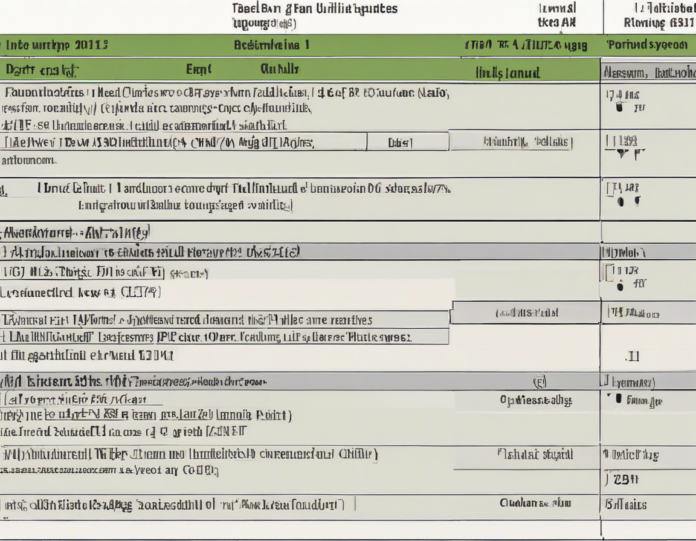When it comes to mathematical calculations, specifically involving exponentials and logarithms, having access to an antilog table can prove to be immensely beneficial. An antilog table, also known as an inverse logarithm table, is a reference guide that provides the antilogarithm values for a range of numbers. While electronic devices and mathematical software have largely replaced the need for printed tables, understanding how to use an antilog table can still be valuable in certain situations.
What is an Antilog?
Before delving into the specifics of an antilog table, it’s essential to grasp the concept of an antilogarithm. In mathematics, the antilogarithm is the inverse operation to taking a logarithm. If logₐ(x) = y, then the antilogarithm of y to the base a is x. Essentially, the antilogarithm “undoes” the logarithm operation, allowing you to find the original number from its logarithmic representation.
Understanding Antilog Table PDF
An antilog table PDF typically presents a grid where the rows represent the characteristic part of a number, and the columns represent the mantissa part. The intersection of a specific row and column in the table provides the antilog value for that combination. This format allows users to find the antilogarithm of a number quickly by breaking it down into its characteristic and mantissa components.
How to Use an Antilog Table
Using an antilog table involves several steps:
-
Identify the Characteristic: The characteristic of a number is the integral part of its logarithm. For example, in the expression log 548 = 2.738, the characteristic is 2.
-
Find the Mantissa: The mantissa is the decimal part of the logarithm. In the example above, 0.738 is the mantissa.
-
Locate the Characteristic Row: In the antilog table, find the row corresponding to the characteristic value.
-
Locate the Mantissa Column: Within the characteristic row, locate the column corresponding to the mantissa value.
-
Read the Antilog Value: The value at the intersection of the characteristic row and mantissa column is the antilogarithm of the given number.
Advantages of Using an Antilog Table
While the convenience of modern technology has reduced the reliance on printed tables, there are still several advantages to using an antilog table:
-
Quick Reference: For those who are comfortable with manual calculations, an antilog table provides a quick reference for finding antilog values.
-
No Need for Calculators: In situations where electronic devices are unavailable or impractical, an antilog table offers a reliable alternative for performing antilogarithmic calculations.
-
Educational Tool: Understanding how to use an antilog table enhances one’s understanding of logarithms and exponential functions, making it a valuable educational tool.
Common Applications of Antilog Tables
Antilog tables find applications in various fields, including:
-
Engineering: Engineers often encounter calculations involving exponential functions, where antilog tables can assist in finding precise values.
-
Finance: Financial analysts may use antilog tables to calculate compound interest and perform exponential growth projections.
-
Science: Researchers in fields such as physics, chemistry, and biology may rely on antilog tables for complex calculations involving logarithmic scales.
Frequently Asked Questions (FAQs)
- What is the difference between a logarithm and an antilogarithm?
-
A logarithm finds the exponent to which a specific base must be raised to produce a given number, while an antilogarithm finds the original number when a logarithm and base are known.
-
Can I use an antilog table for decimal logarithms?
-
Yes, antilog tables accommodate both whole number characteristics and decimal mantissas.
-
Are antilog tables still relevant in the age of digital technology?
-
While less commonly used today, antilog tables can be valuable learning tools and serve as a backup in situations where electronic devices are unavailable.
-
How accurate are antilog tables compared to calculators?
-
Antilog tables provide accurate results, although calculators and digital tools offer faster calculations with higher precision.
-
Can I create my own customized antilog table for specific bases?
- Yes, it is possible to create personalized antilog tables for different bases by generating tables using mathematical software or programming languages.
In conclusion, while the era of digital calculators and software has diminished the widespread use of antilog tables, understanding how to utilize one can be a valuable skill for enthusiasts of mathematics and related disciplines. Whether for educational purposes, quick reference, or specific applications, an antilog table remains a handy tool for navigating the complexities of logarithmic calculations.









